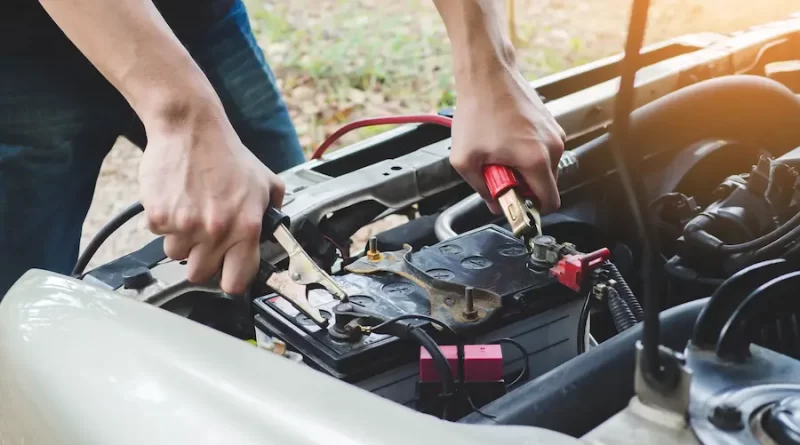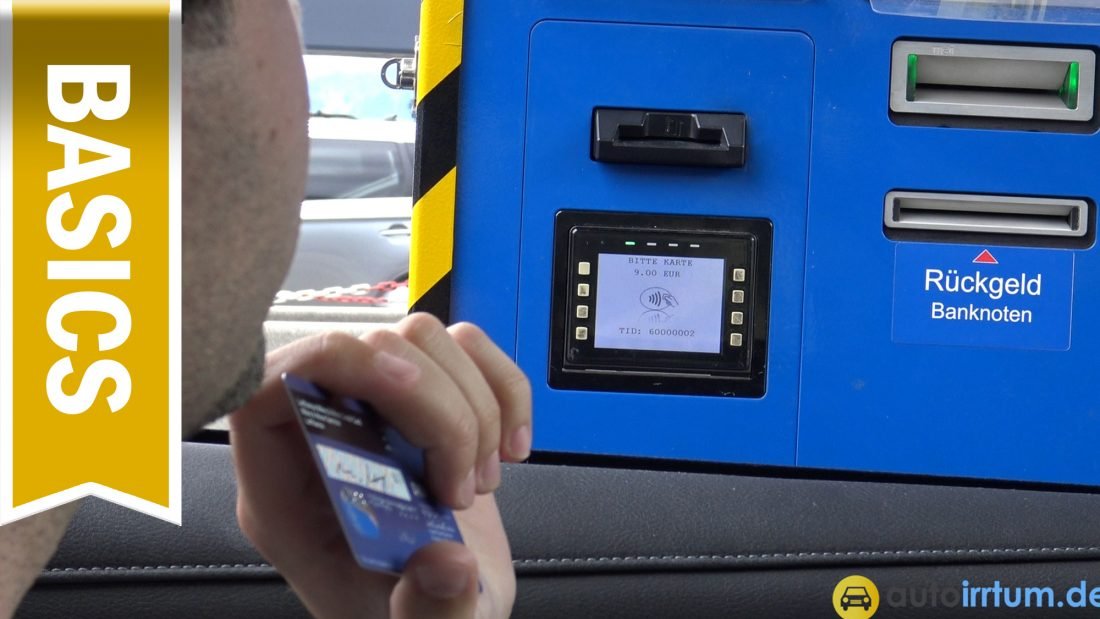What Should You Do if You Have a Dead Car Battery?
You’re on your way to work and start your car, only to find that your battery is dead.
This has happened to nearly everyone at some point. It can be a hassle, but if you have tools to change your battery and a little time, you can get away without having to call a taxi, Uber, or another friend who may or may not be punctual.
You need a game plan.
Not sure what to do? Don’t worry; we’ve got you covered. Here’s what to do if your car has a dead car battery.
Assess the Situation
If you have a dead car battery, the first thing you should do is assess the situation. Check to see if the battery is loose or has a bad connection. If the battery is securely connected, your alternator may have an issue. Look for signs that a starter or solenoid issue is contributing.
Check your dash for warning lights that may indicate an issue. If you cannot diagnose the exact problem, call a roadside assistance provider to come out and look at the vehicle for you.
During this assessment, the specialist will be able to accurately determine what the issue is, as well as what the best solution is for you.
Analyze the Root of the Problem
It is essential to check the age of the battery using the date stamped on it. To do this, it is usually best to request help from an auto repair expert who can analyze your battery and charging system.
If it is more than four or five years old, it is likely that the battery is no longer working and needs to be replaced. Other causes of a dead battery could include electrical and mechanical malfunctions, loose or corroded battery terminals, and a worn-out alternator.
Therefore, analyzing the root of the problem is critical in finding a solution.
Charging and Replacement
If you have a dead car battery, there are a few options to get you back on the road. First, you should try charging the battery to see if that works. Ensure to strictly follow the instructions for charging your battery, as improper charging can be dangerous.
If the charging doesn’t work, it’s time to consider a replacement. If you feel comfortable, you can replace the battery yourself. Alternatively, you can take your car to a mechanic or auto parts store to replace the battery.
Either way, purchase your car’s correct battery size and type to ensure peak performance. Always wear safety goggles when replacing the battery, and work in a well-ventilated area.
Dispose of your old battery safely and double-check all connections to ensure the replacement battery is secure. Following these steps should get you back on the road with a fully functioning car battery.
Troubleshooting
If you have a dead car battery, the first thing to do is assess the cause of the dead battery. It could be due to car battery problems, such as a broken alternator, a faulty starter motor, or even leaving the lights on. Try troubleshooting the cause of the issue by checking electrical connections and the fuse box for any blown fuses. If this doesn’t resolve the issue, the battery may need replacing.
If the battery is still unresponsive, you should consider taking it to a professional to have it serviced or replaced. If you have car battery issues, consider this RB dry charged automotive nattery.
Health & Safety Considerations
When dealing with a dead car battery, it is important to consider health and safety considerations. First, wear protective clothing such as gloves, eye protection, and clothes that cover as much skin as possible. Use caution when near the battery, as it can be a source of possibly hazardous materials such as sulphuric acid and lead.
If possible, move the car away from populated areas and direct sunlight. Never lean over the battery or touch it with any metal objects. Remove jewelry from hands or wrists. Disconnect the battery before attempting to jump-start or charge it.
This can help to minimize the possibility of electric shocks and sparks. To further reduce the risk of sparks, make sure all electrical accessories are turned off. Lastly, never charge a frozen battery as it can create a dangerous condition.
Investigating the Symptoms
Investigating the symptoms of a dead car battery is essential to diagnose the issue properly. If you think your car battery is dead, check the battery connections.
Ensure that the terminals are tight and clean. Then check your engine bay for any leaking fluids or fraying wires. As well as inspect the battery for signs of corrosion or any swelling. If you suspect this might cause your battery problems, replacing your old battery with a new one is best.
Temporary Solution
If you have a dead car battery, you can take a few steps to resolve the issue temporarily. Firstly, you should try jump-starting the car. This is done by connecting the negative terminal of a working battery to the negative terminal of the dead battery and then connecting the positive terminals of the two batteries.
Once the two are connected, start the vehicle with the working battery and leave it running for 15-20 minutes or until the car battery has sufficient charge. Be aware that the cars should be facing each other and not touching. You should also turn off all non-essential electronics in the car.
If jump-starting is not an option, you may consider replacing the battery. However, this is not a recommended temporary solution.
Understanding the Dead Car Battery
If you have a dead car battery, it is best to replace it with a new battery. Replacement batteries are a convenient and economical solution. It is essential to contact a trusted professional for help.
Don’t forget to check for other potential issues before you take the plunge. Contact your trusted local garage today for any further questions and assistance.
For more helpful tips, check out our site today!




